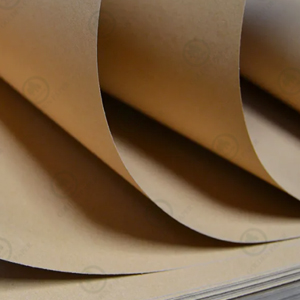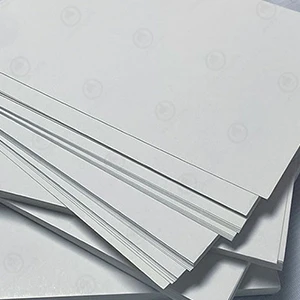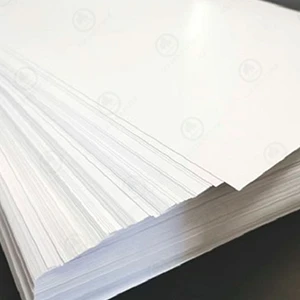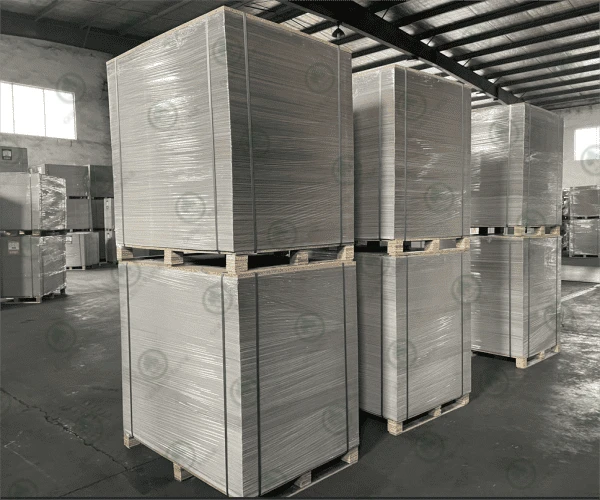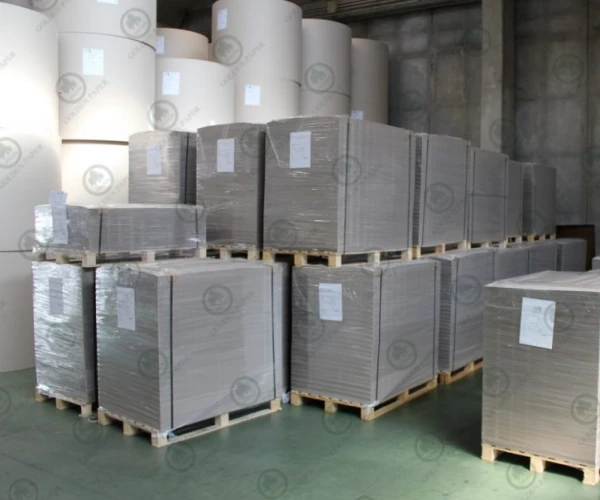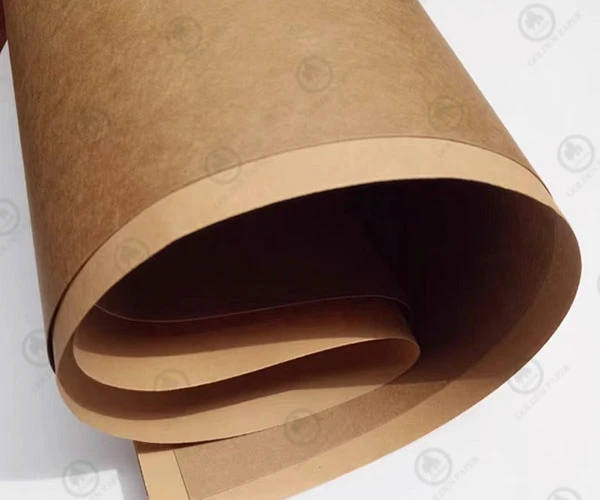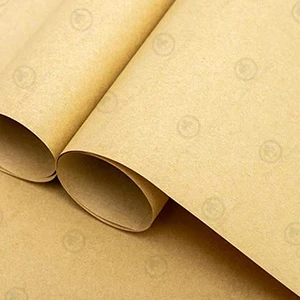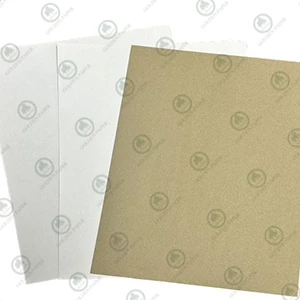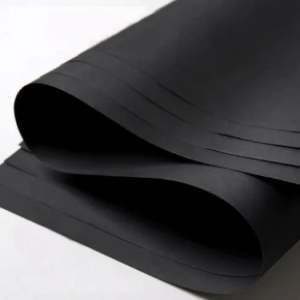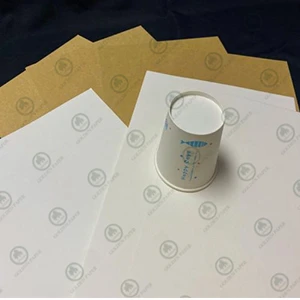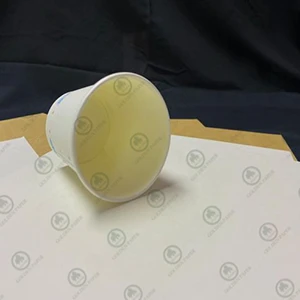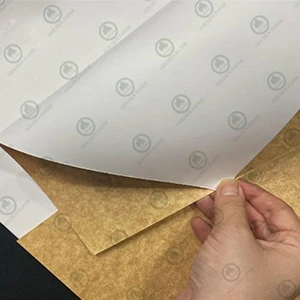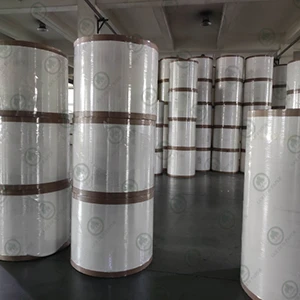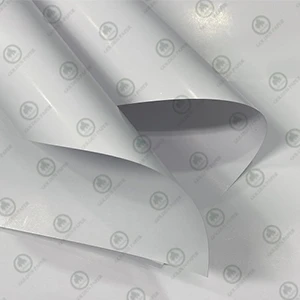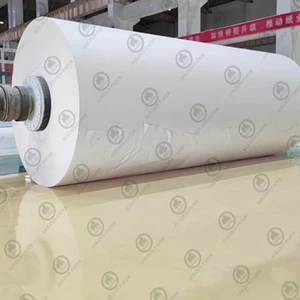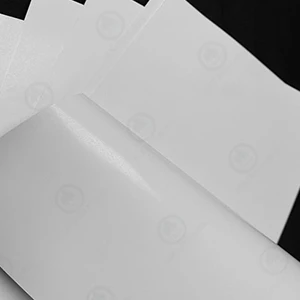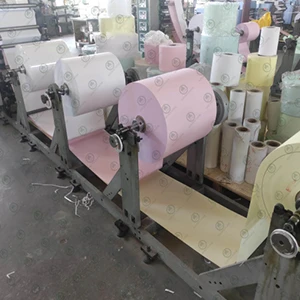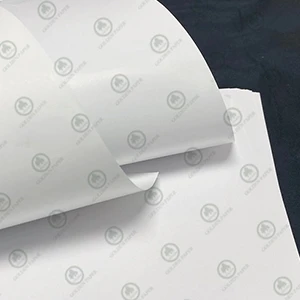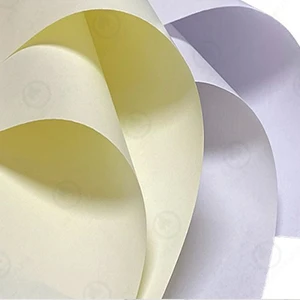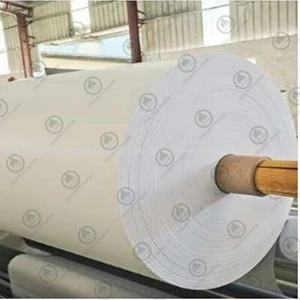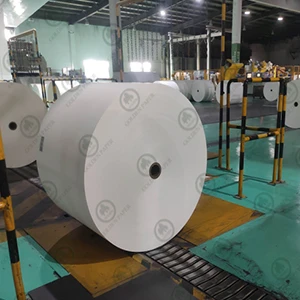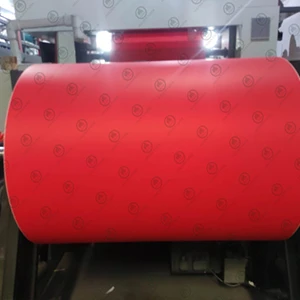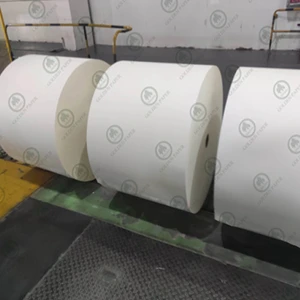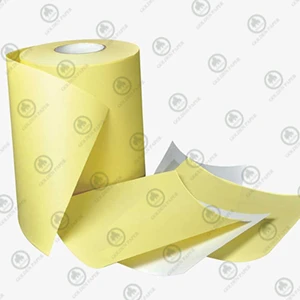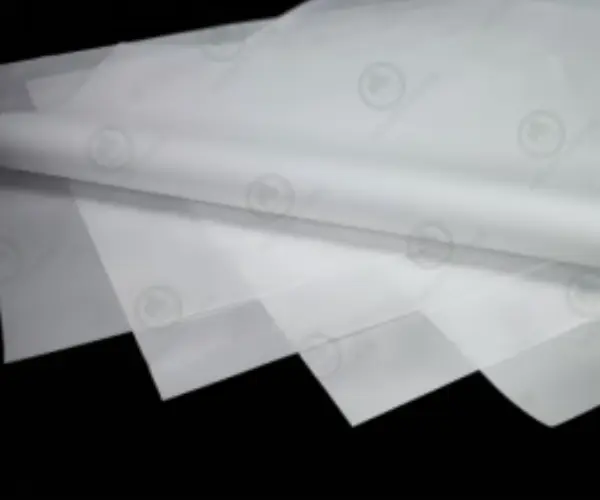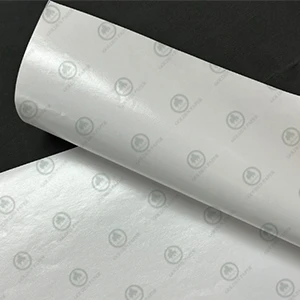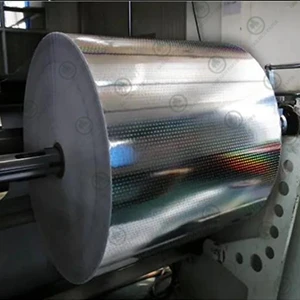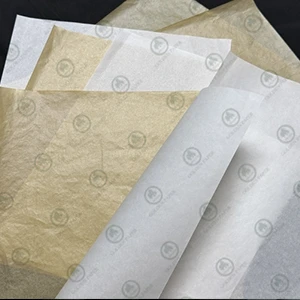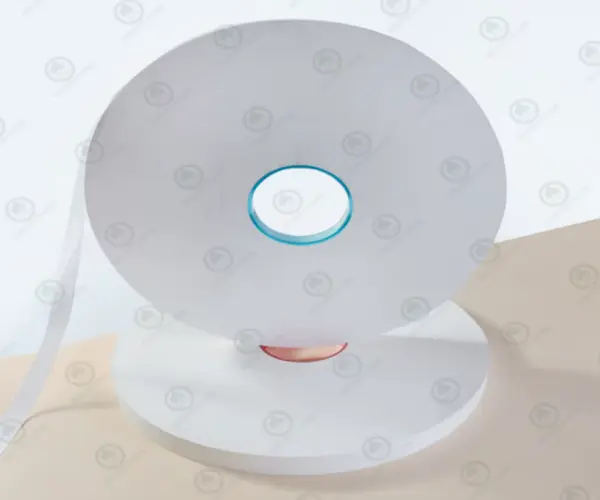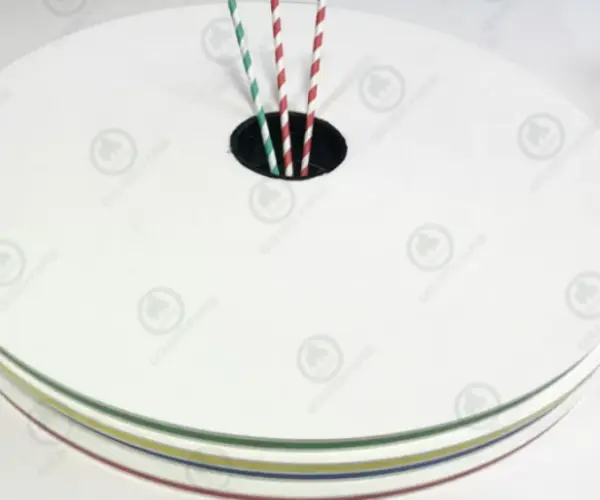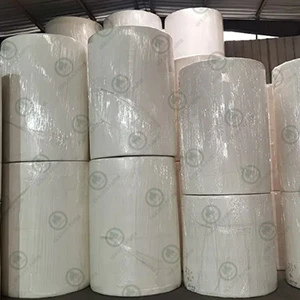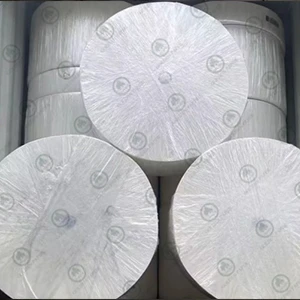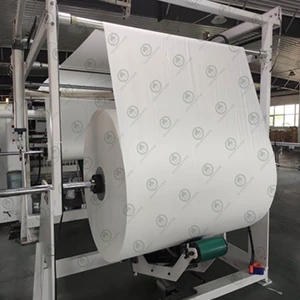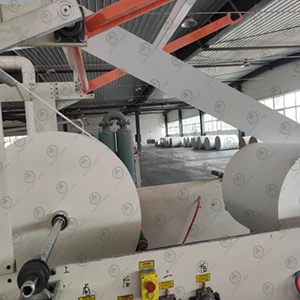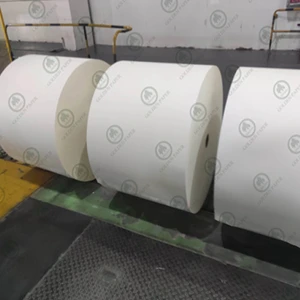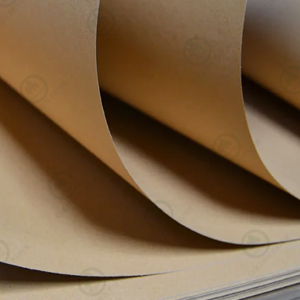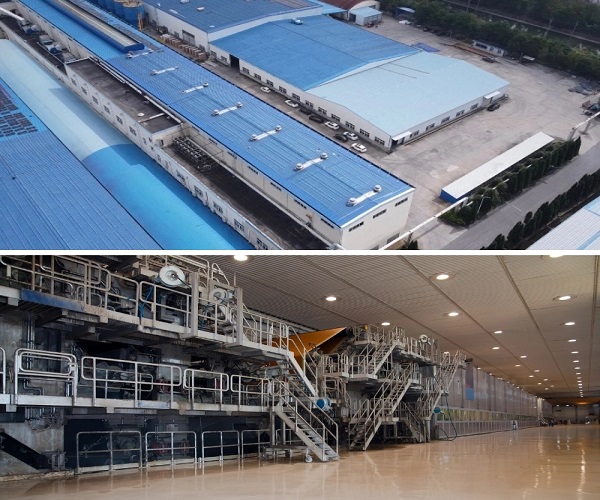Toilet paper is a commonly used paper in our daily life. Now let's give you a summary of the characteristics and applications of toilet paper:
In general, the characteristics of toilet paper include:
Softness: The main feature of toilet paper is softness, which will not irritate the skin when used. To ensure comfort, toilet paper usually uses multiple layers of paper to improve softness and water absorbency.
Strong water absorbency: One of the main functions of toilet paper is to absorb water, especially during the cleaning process, it can quickly absorb moisture and keep the skin dry.
Safety: Toilet paper must use non-toxic and non-irritating raw materials to ensure that it will not cause discomfort or allergies when used on sensitive parts.
Biodegradability: Most toilet papers are biodegradable, which helps protect the environment. Choosing environmentally friendly toilet paper can reduce pollution.
No fragrance or slight fragrance: Although some toilet papers add fragrances to enhance the use experience, most toilet papers choose to be fragrance-free or use slight fragrances to reduce irritation to the skin.
Thickness and strength: The thickness and strength of toilet paper are usually balanced between the two. Thickness determines the softness of the paper, while strength ensures that the paper is not easy to tear.
Number of layers: Common toilet paper has 1 layer, 2 layers, 3 layers, etc. The more layers, the thicker the paper, and the better the use experience.
Size and roll length: Toilet paper is usually in rolls, and the length and width will vary. Common specifications include standard sizes and economical large rolls to meet the needs of different users.
At the same time, toilet paper has a variety of application areas. In addition to its main use, it can also play a role in many other aspects. The following are some common and less common aspects of toilet paper:
1. Personal hygiene and cleaning:
The most common use of toilet paper is personal hygiene and cleaning, especially after using the toilet, to help clean the buttocks, keep the body dry, reduce bacterial growth, and avoid discomfort or disease.
2. Convenience:
Toilet paper is easy to carry and use. It is usually rolled or stacked, and can be simply discarded after use, without additional cleaning or processing, which meets the needs of convenience in modern life.
3. Comfort:
Toilet paper is specially designed to be soft and comfortable, non-irritating to the skin, and not easy to cause allergies or discomfort when used, especially for sensitive skin.
4. Reduce the risk of infection:
Using toilet paper helps reduce skin infections or diseases in the anal area caused by uncleanliness, and can effectively prevent bacteria from entering the body, which is especially important in public places and when traveling.
5. Environmental protection:
Modern toilet paper usually uses degradable materials and is designed to be a product with good biodegradability to reduce the negative impact on the environment. Environmentally friendly toilet paper reduces the consumption of water resources and energy, and can decompose naturally, reducing the pressure of garbage disposal.
6. Multi-purpose function:
In addition to personal hygiene, toilet paper can also be used as a substitute for many other purposes, such as wiping the face or hands, cleaning small stains, and as a temporary absorbent material, etc., with high daily practicality.
7. Convenient for use in public places:
In public toilets and various public places, toilet paper is the most commonly used cleaning tool. It provides convenient sanitation support to ensure that everyone can stay clean and hygienic after use.
8. Contribute to skin health:
High-quality toilet paper does not contain harmful chemicals and can reduce the irritation that may be caused when the skin comes into contact with other materials. This is especially important for people with sensitive skin, such as infants and the elderly.
9. Used for hygiene care:
In addition to daily cleaning, toilet paper is also widely used in home care, such as wound care (such as wiping wounds), or for cleaning certain household appliances.
10. Alternatives in emergencies:
When there are no other cleaning tools, toilet paper can be used as a temporary substitute. For example, if there are no wet wipes when going out, you can use toilet paper to wipe your hands, or use it as a substitute when camping in the wild.
In general, toilet paper has a wide range of uses in daily life, providing a convenient, hygienic and comfortable way of cleaning, and with the advancement of environmentally friendly design, more and more attention is paid to the impact on the environment.
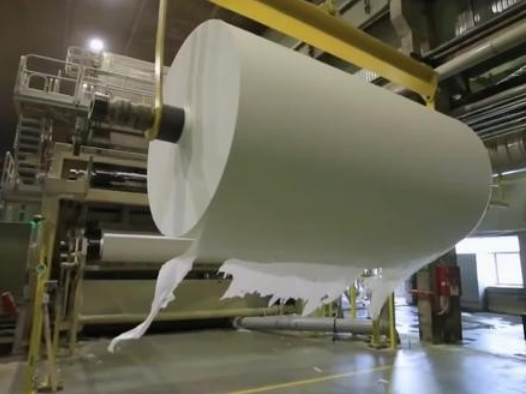
 GOLDEN PAPER
GOLDEN PAPER
 EN
EN
 fr
fr  de
de  es
es  it
it  ru
ru  pt
pt  ar
ar  vi
vi  tr
tr  id
id 